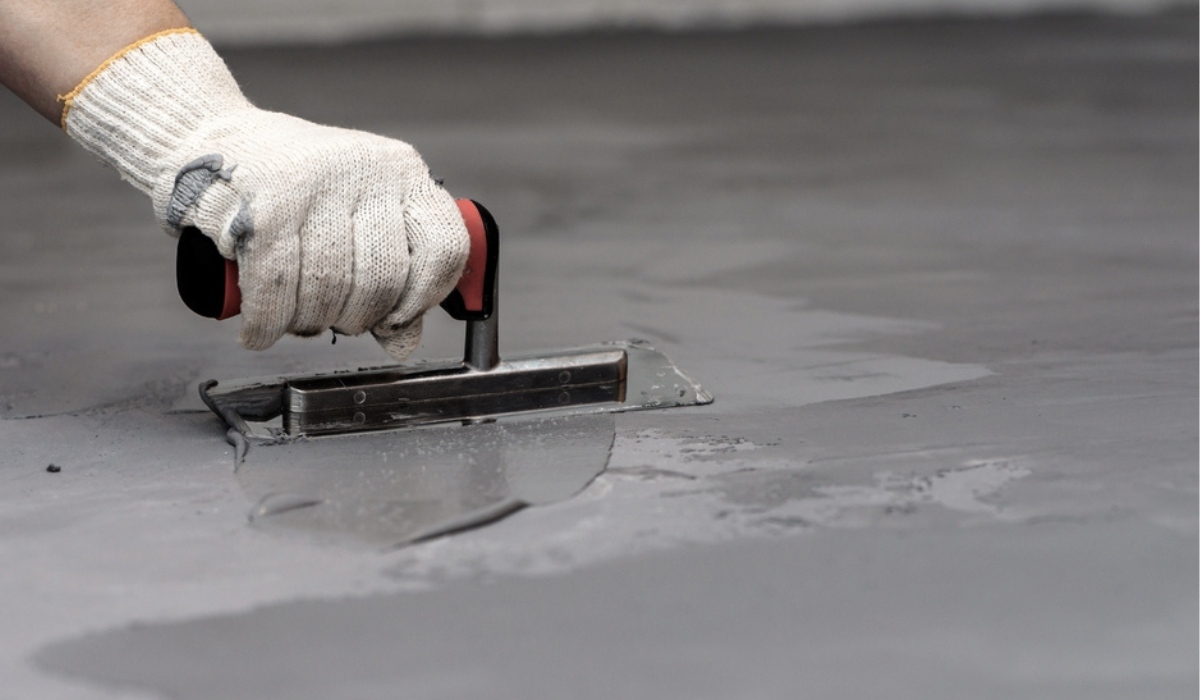This guide presents proven and scalable strategies to reduce concrete’s carbon footprint without impacting material performance or financial returns. Its purpose is to assist concrete producers, cement manufacturers and developers advance climate-sensitive innovation within the industry.
What is Concrete?
Concrete is one of the world’s most versatile and widely-used construction materials. From modern cities, bridges and highways to homes, schools and hospitals – and its durability makes it a top choice for sidewalks and driveways – concrete serves as the backbone for modern civilization.
But while concrete may be ubiquitous, many don’t actually understand its true nature. We often associate it with mundane greyness – yet this material actually boasts an intriguing history!
Concreting Melbourne is one of the world’s most frequently used building materials, familiar to most through DIY tasks such as setting fence posts or basketball hoops.
Concrete is composed of aggregate (such as sand or crushed stone), water, cement and any additional ingredients such as fly ash or slag that is combined properly to form rock-like material we refer to as concrete. Hydration of the cement binds all these ingredients together when mixed correctly to produce that characteristic rock-like appearance we know as concrete. There are various mixes designed for different uses but many people will be familiar with ready-mixed concrete delivered via rotating concrete lorries which is highly sustainable as most is sourced locally thus helping reduce carbon emissions by cutting carbon footprint significantly.
Mixing Concrete
Concrete mixing can be relatively straightforward, yet finding the optimal consistency can be challenging. Too little water may prevent cement particles from adhering together while too much weakens it further.
Mixing concrete requires using either a hoe or large bucket, though larger projects may necessitate using a wheelbarrow mixer. When mixing, thick gloves should always be worn to protect your hands as concrete can be extremely caustic.
If you need to mix large volumes of concrete, investing in a commercial-grade mixer could make the task faster and cheaper. Or you could buy ready-mix concrete which is mixed and delivered by truck; it offers cost savings while remaining customizable; just be sure to read your bag of mix’s yield statement to determine exactly how much will be necessary for your project.
Preparing the Site
Concrete construction starts from its location. Soil types, improper site preparation techniques and fluctuations in moisture content all pose potential threats that could affect its durability once set into place. Therefore, site preparation plays a pivotal role in providing a strong and secure foundation for building work to occur on.
Start by clearing away grass, rocks, trees, shrubs and old concrete from your area using either hand tools or earth moving equipment, depending on its size and scope of your project.
Once the site is cleared, create and compact a solid base by layering gravel or sand to form a firm base for concrete pouring. This step is essential to prolonging its longevity as well as preventing expansive soil heave. Sand and gravel should be water sprayed to ensure proper compaction while string lines or spirit levels should be used to check that its base is level.
Pouring the Concrete
Concrete is the go-to building material for many construction projects, yet pouring and forming solid slabs of it can be challenging. To ensure the success of your concrete venture, planning ahead is key; first clear any objects or material from the area that could impede on your efforts, then select an ideal day and time for you pour.
Once your concrete has been poured, use a long plank of wood that reaches two sides of your form (known as a screed board) to quickly level its surface. Dragging it back and forth acts like a saw to quickly level and remove high points in the surface of the concrete. When most levels have been achieved, use a bull float to smooth its surface further for professional finish; to add grooves for increased traction use a trowel instead of bull float!
